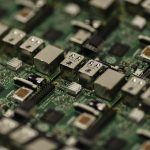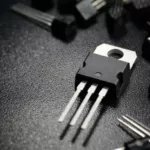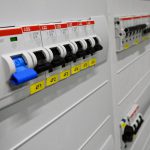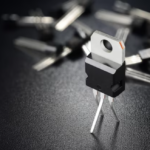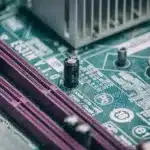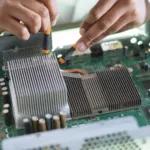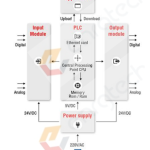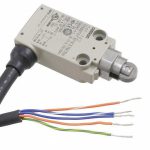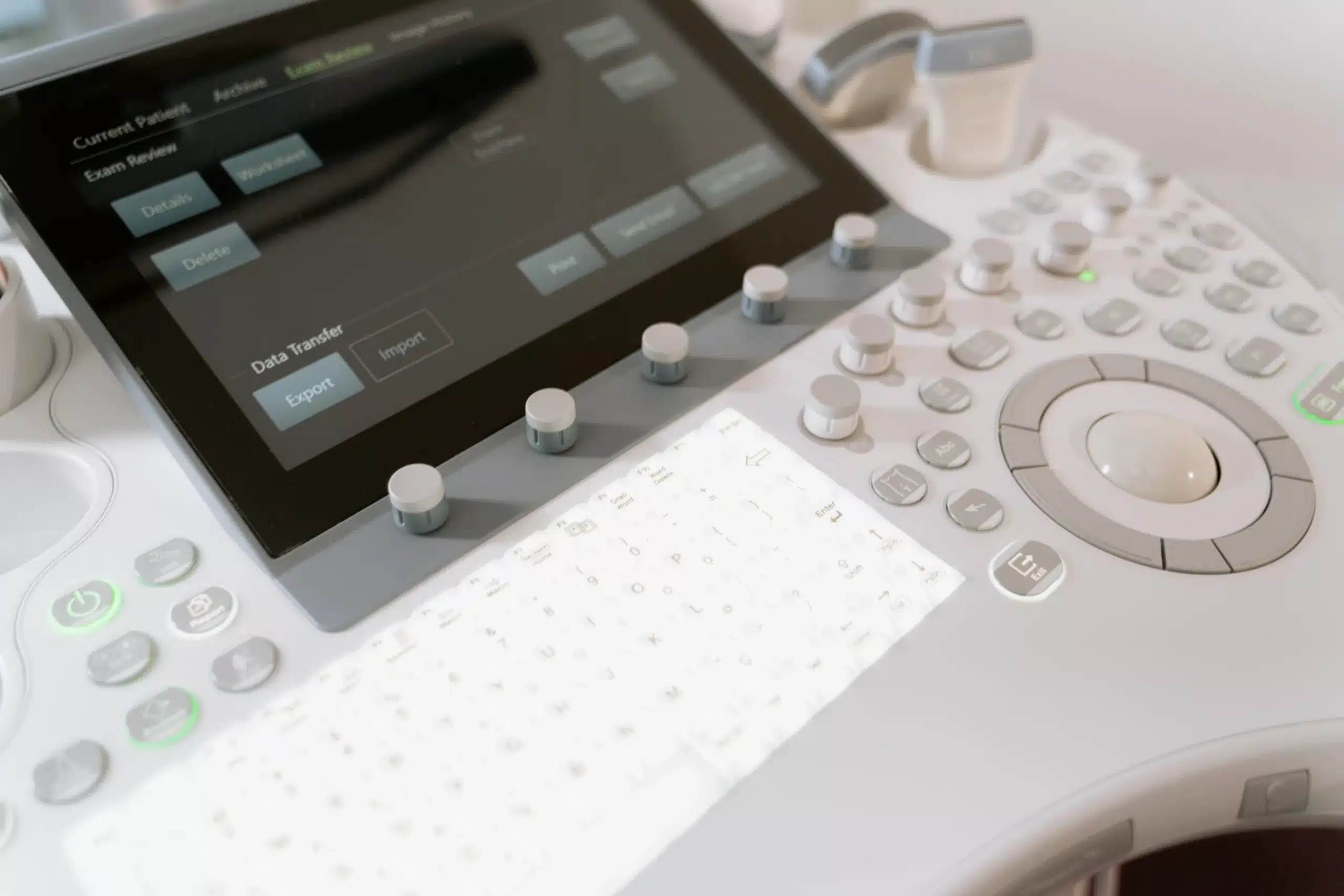
Introduction
Recently, 3D laser scanning technology has gained robust popularity as a powerful tool with a wide range of applications across different industries. This innovative technology enables the precise capture of three-dimensional data–creating a digital representation of physical objects with unparalleled accuracy and efficiency. From construction and architecture to archaeology and healthcare, the 3D laser scanning applications are diverse and continue to expand. This article briefs about the different areas where this technology is making a significant impact and compares its use across different fields.
Understanding 3D Laser Scanning: The Significance
3D laser scanning, also called LiDAR (Light Detection and Ranging) scanning, is a technology designed to capture precise and detailed three-dimensional (3D) representations of physical objects or environments. It is a non-contact, non-destructive technique for collecting data about objects or spaces’ shape, size, and spatial characteristics. 3D laser scanning, similar to 3D printing, is commonly used in various fields for creating detailed digital models, conducting measurements, and capturing spatial information. The significance of laser scanning technology lies in its ability to improve accuracy, streamline processes, and enhance decision-making in various aspects of today’s technologically advanced world.
3D Laser Scanning Applications: Exploring the Performance Diversity
3D laser scanning technology finds a multitude of applications across various industries due to its robust ability to capture highly detailed and accurate 3D data of objects. Some of the diverse applications of 3D laser in multiple sectors include:
- Architectural Documentation and Preservation
One of the most prominent applications of 3D laser scanning is architectural documentation and preservation. 3D laser scanning offers a faster and more accurate alternative to traditional, time-consuming, error-prone methods. By capturing millions of data points in a matter of minutes, it provides architects and preservationists with detailed 3D models of structures, facilitating restoration and conservation efforts. Additionally, these digital models can serve as valuable references for future generations.
- Healthcare and Medical Applications
In healthcare, 3D laser scanning finds applications in orthopedics, prosthetics, and dentistry. Bespoke innovative technology can create precise 3D models of patients’ body parts, enabling the design of custom implants, braces, and prosthetic devices. Dentists utilise laser scanning to create digital impressions for crowns and bridges, reducing patient discomfort and improving the dental procedures’ accuracy.
- Civil Engineering and Infrastructure Development
In the realm of civil engineering and infrastructure development, 3D laser scanning is significantly used for surveying and monitoring existing infrastructure, including roads, bridges, and dams. The technology enables engineers to make informed decisions during the design and construction phases. Additionally, it aids in assessing structural integrity and identifying potential issues before they escalate, contributing to these vital assets’ overall safety and longevity.
- Construction and Building Information Modeling (BIM)
3D laser scanning is a game-changer for the construction industry by integrating seamlessly with Building Information Modeling (BIM). BIM relies on accurate 3D representations of buildings and infrastructure, serving as a backbone of modern construction projects. This aids project planning, reducing errors, delays, and cost overruns.
- Industrial Design and Quality Control
Manufacturing industries leverage 3D laser scanning for industrial design and quality control–creating highly accurate 3D models of complex parts and assemblies. These digital representations can be compared to the original design specifications to detect deviations or defects. Such precise quality control processes help ensure that manufactured products meet the highest standards and comply with tolerances, reducing waste and enhancing efficiency.
- Archaeology and Cultural Heritage
In archaeology and cultural heritage preservation, 3D laser scanning has become indispensable. It allows archaeologists and historians to document and analyse artefacts digitally, archaeological sites, and historical structures with unparalleled precision. The non-invasive nature of laser scanning is particularly crucial for fragile and sensitive objects–by eliminating physical contact. This technology is also instrumental in recreating historical sites, enabling virtual tours and educational experiences that bring the past to life.
- Environmental Monitoring and Resource Management
Environmental monitoring and resource management benefit significantly from 3D laser scanning. This technology assesses terrain, vegetation, and water bodies in natural environments. Creating detailed topographical maps and vegetation models aids in land management, conservation efforts, and disaster preparedness. Moreover, it is pivotal in forestry management, estimating timber volumes and monitoring forest health.
- Law Enforcement and Forensics
3D laser scanning is a proven and valuable asset in solving crimes and ensuring justice. Forensic investigators and law enforcement agencies utilise 3D laser scanning to document crime scenes and accident sites. This technology captures the scene meticulously, providing investigators with a comprehensive view of the environment. It facilitates reconstructing events, analysing ballistics trajectories, and creating accurate models for courtroom presentations.
- Entertainment and Virtual Reality
In the entertainment industry, 3D laser scanning creates immersive virtual experiences. It captures real-world objects, environments, and even actors’ performances with exceptional detail. This data is then integrated into virtual reality (VR) and augmented reality (AR) applications, enhancing the quality of video games, movies, and simulations. The technology’s ability to recreate real-world scenes and objects is a game-changer for entertainment.
- Mining and Geology
Mining and geology rely on 3D laser scanning for geological mapping and volumetric calculations. It assists in determining the shape and volume of ore deposits, making it a valuable tool for optimising mining operations. Additionally, laser scanning is used for slope stability analysis and monitoring changes in the landscape over time. Providing precise data on terrain and geological structures contributes to the safety and efficiency of mining activities.
Final Words
3D laser scanning is a versatile and proven technology with applications spanning many industries. Its ability to capture detailed 3D data rapidly and accurately has revolutionised various processes in diverse fields. As technology evolves, it emerges with even more innovative uses of 3D laser scanning, further enhancing and solidifying 3D laser scanning as a milestone in modern industrial research and processes.






